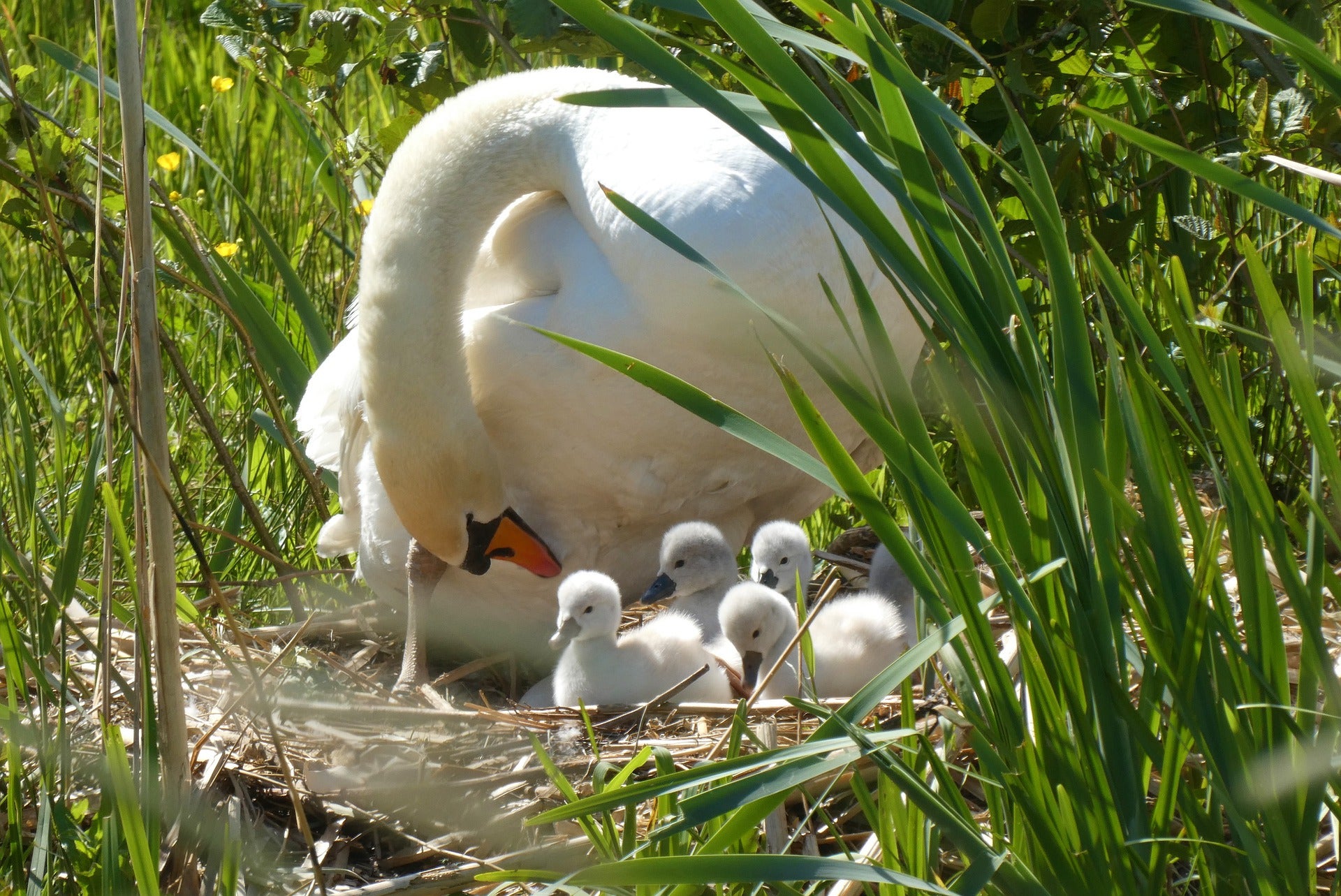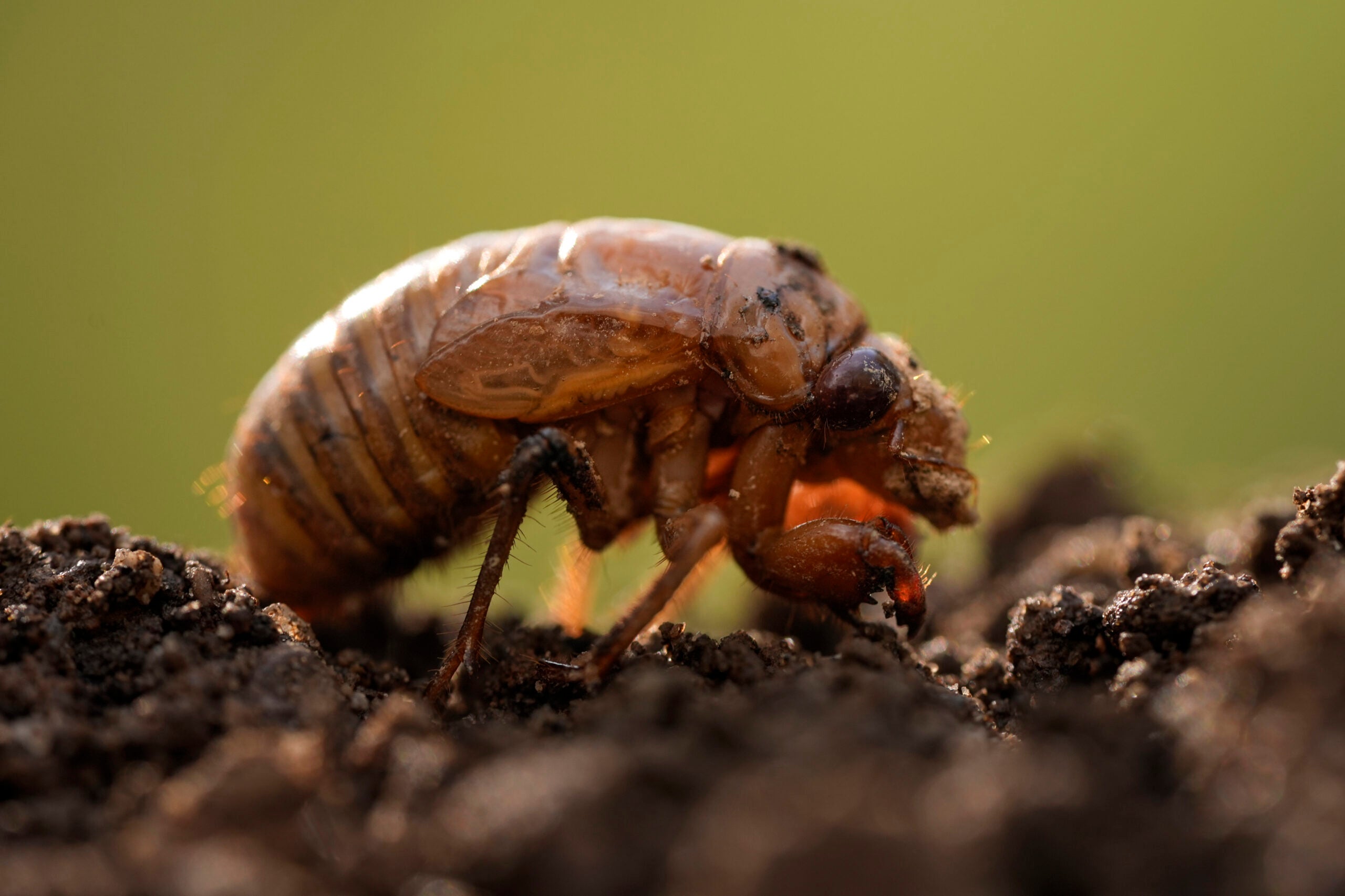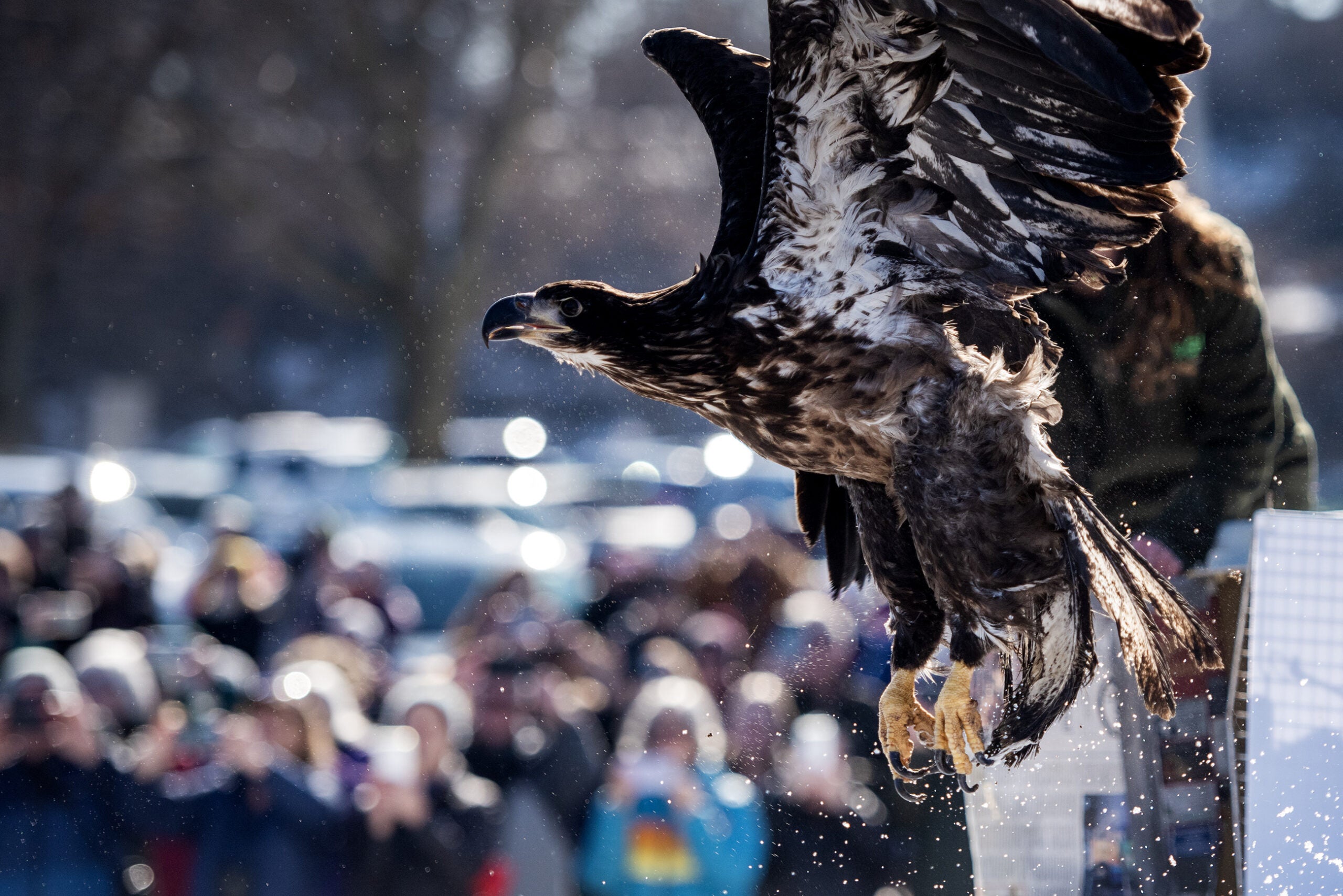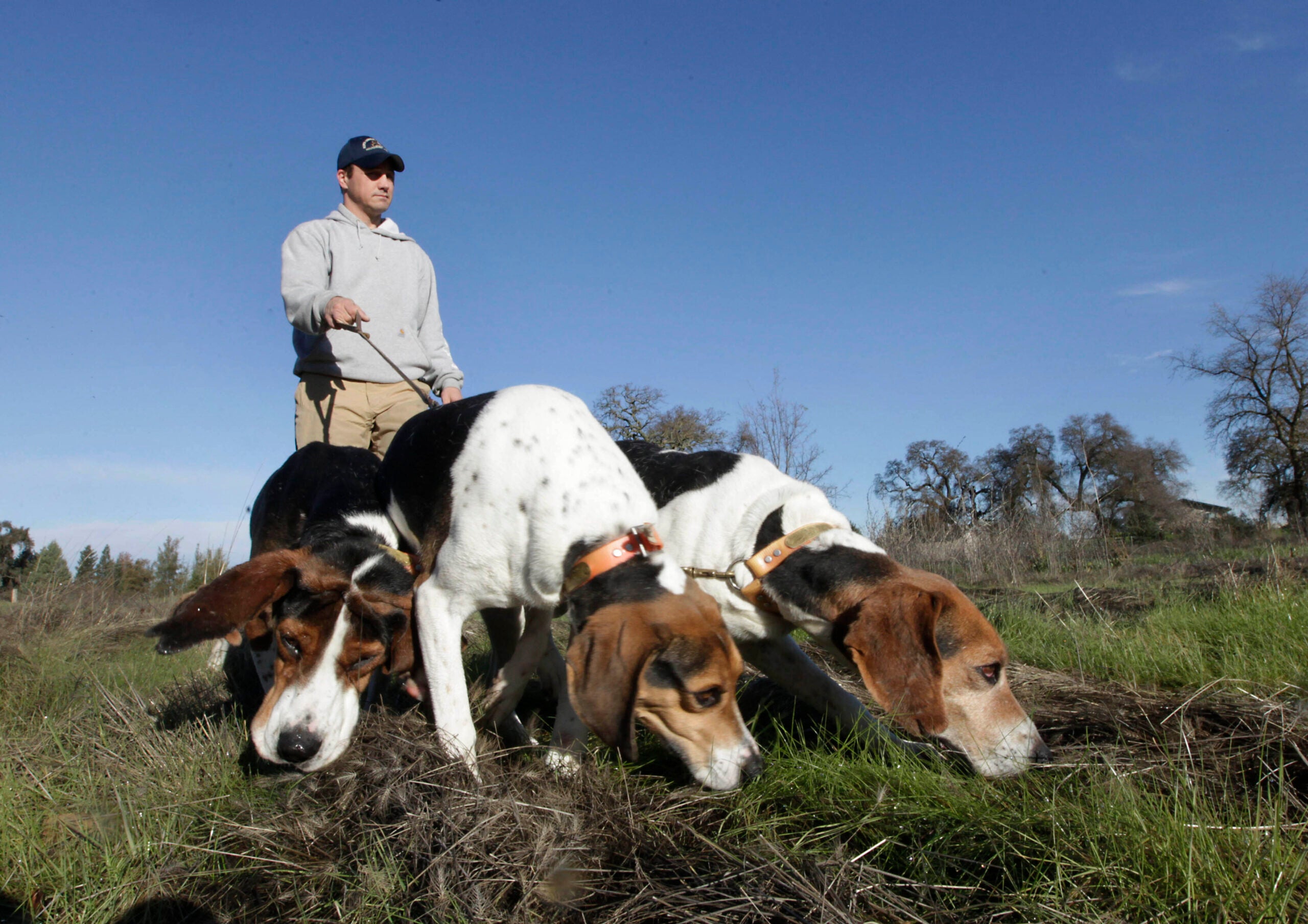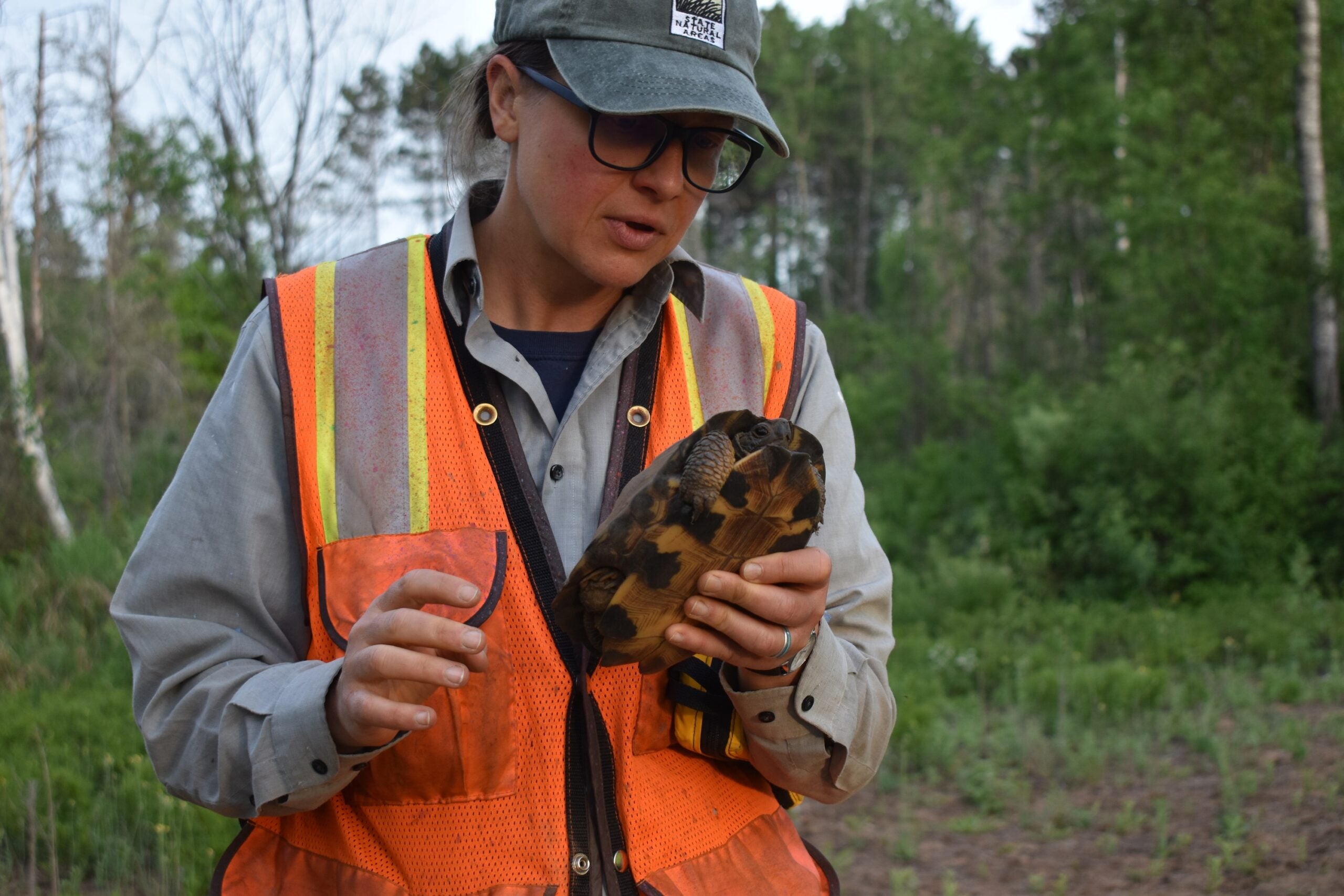WPR’s “The Larry Meiller Show” recently welcomed retired wildlife educator and naturalist Bill Volkert back to the show. Volkert worked at the Horicon Marsh for 27 years and has been watching birds for well over 40. Volkert has sighted more than 3,900 birds and is a federally licensed master bird bander with the Bird Banding Laboratory of the U.S. Geological Survey.
When asked to write about what birds in Wisconsin are doing during this time of the year, this is what he said:
This has been edited for brevity and clarity.
Stay informed on the latest news
Sign up for WPR’s email newsletter.
“Mid-summer is the height of the nesting season in Wisconsin. Birds are rearing their young and by the end of summer wildlife populations are at their peak. Birds do not nest on their wintering grounds so North America provides the only opportunity for our long-distance migrants to raise a family.
Birds face many challenges in raising their young. Nests are oftentimes raided for their eggs and nestlings. Common predators include grackles, blue jays, crows and squirrels but others may take young, including some documentation of deer eating nestlings. Also, nests may be parasitized by cowbirds which lay their eggs in other birds’ nests. And house sparrows and starlings will commonly chase birds from their nests in order to occupy them. All this makes competition and loss of nests a problem for native birds trying to rear their young.
When the young leave the nest, or fledge, they are more vulnerable to predators and accidents. Native predators may kill young birds, these include Cooper’s hawks, as well as house cats. Young birds that are still developing their ability to fly are often hit by cars, particularly early in the morning.
The best way to mitigate all of these factors is to provide quality habitat, keep cats indoors and give birds a little room — particularly when driving rural roads.
You may notice that at this time of year birds are somewhat less vocal. They sing intensively for a short period just before sunrise and then singing is less frequent during the day, so it may be more difficult to detect them by voice.
With the dense foliage and the fact that birds are focused on taking care of young birds, they may also be a bit more difficult to observe. A summer bird feeding station can lure birds and their young to feeders. Offering a variety of food can attract a variety of birds near the home.
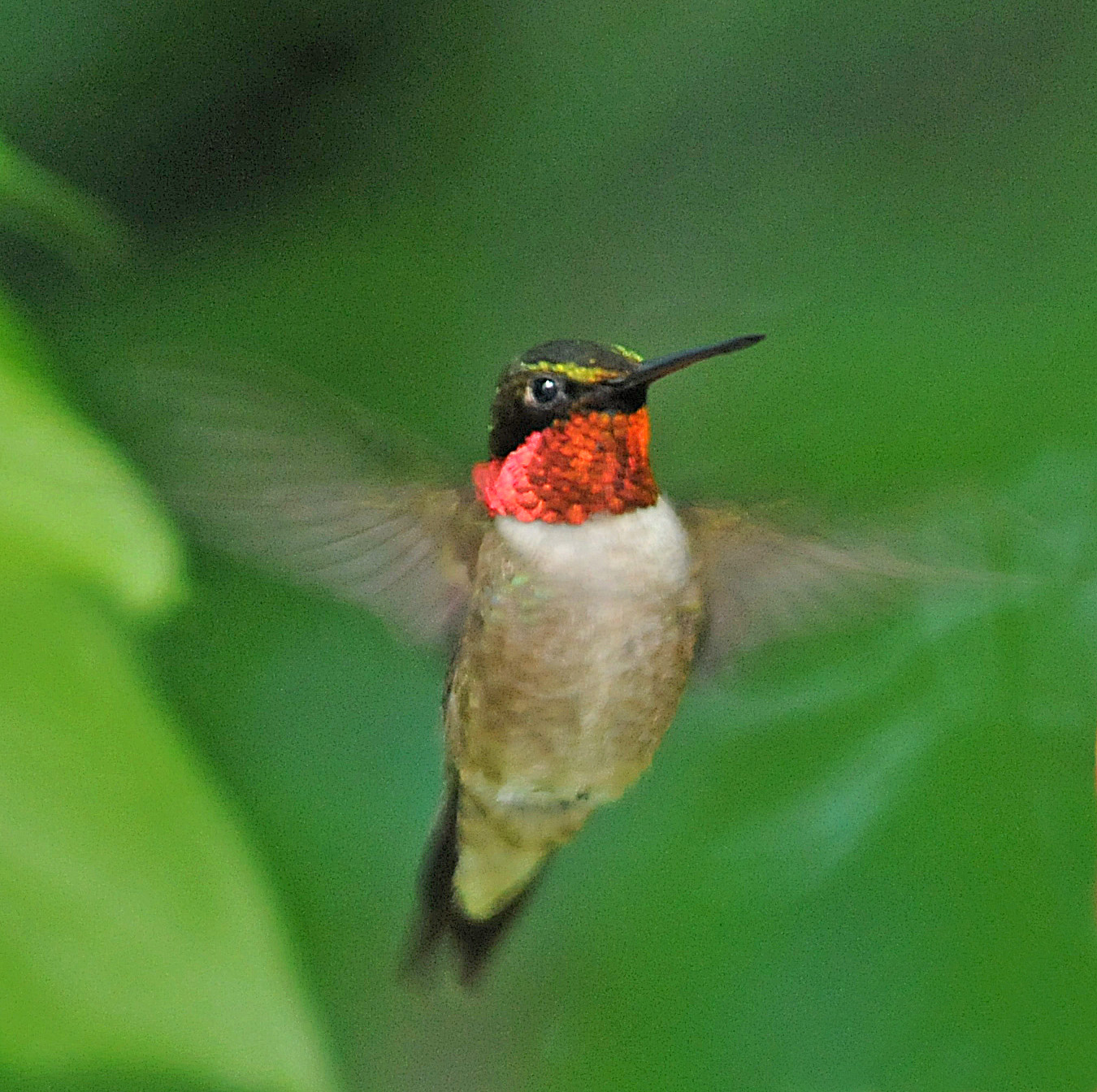
Hummingbirds and orioles are both attracted to sugar-water. Mix about four-parts water to one-part sugar. Orioles will also come to grape jelly and oranges, and other birds will still take a variety of bird seeds. Be sure to keep feeders clean all year round by occasionally washing them in a warm water and bleach solution.
Some birds will raise more than one brood per summer, but for many they only raise one family and with the losses of nests and young, it’s a challenge to add to the population each summer.
Many birds require two to more years to reach adult plumage. While they may be sexually mature before then, they may not be successful in attracting a mate. This adds to the challenges since long-distance migrants need to return to Wisconsin, spend the summer here and then make a second round-trip before they begin to raise young. This is the most likely explanation for “floaters” or unmated males that move about during early to mid-summer.
At this time of year we can also expect some unusual bird sightings. While this is more common during migration, there are unusual sightings that may occur in mid-summer.”
If you want to know more about sightings in your area or want to report what you’ve seen, go to the Wisconsin Breeding Bird Atlas II website at ebirds.org. You can also learn more about Volkert and his adventures by visiting his website, BillVolkert.com.
Wisconsin Public Radio, © Copyright 2024, Board of Regents of the University of Wisconsin System and Wisconsin Educational Communications Board.

